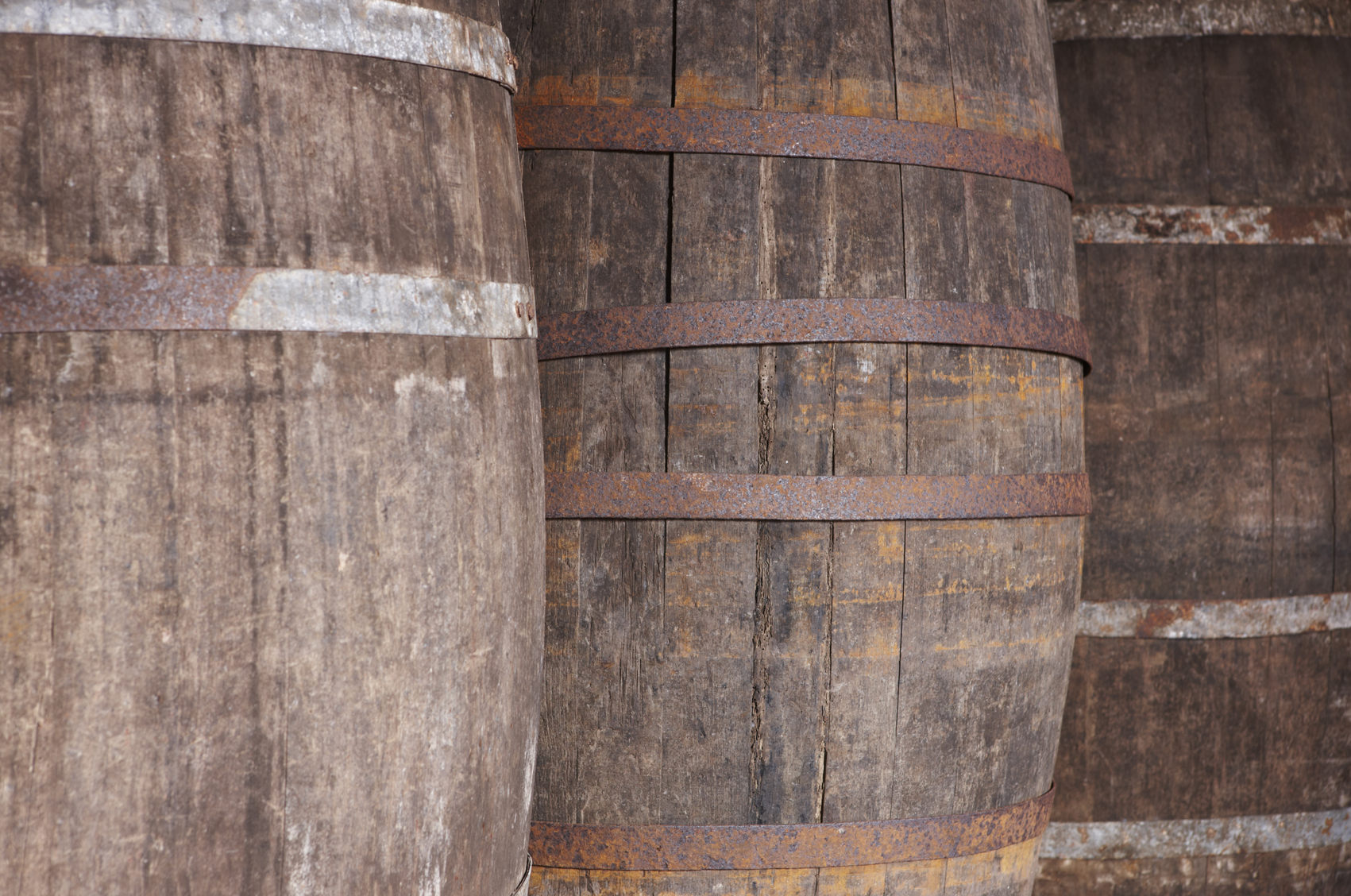Readers may recall that a couple of months back some Bulgarian firm hit the headlines by selling a pair of oak cubes that, if you stuck them into a glass of so-so whisky, would apparently transform it into something really special.
One or two whisky writers and connoisseurs tried them out and, frankly, weren’t impressed. I’m hardly surprised as the oak cubes, about the size of large dice, cost £10 a pair. That must make them the costliest bits of oak in recorded history.
However, the story reminded me of countless other ploys and wheezes down the decades that, supposedly, would improve the taste of whisky, or speed up the cratur’s years-long journey from raw spirit to mellow single malt or blend. In the end, most if not all have proved at best unsatisfactory, at worst bogus.
I recall back in the 1950s ultrasonics were claimed to speed up maturing. Casks had loudspeakers attached that emitted sounds inaudible to the human ear but which, supposedly, speeded up the reaction between spirit and wood so a three-year-old whisky tasted like an eight or 10 year old. I suspect the effect was negligible because the system vanished without trace.
I also recall a system used on the Continent years ago (I don’t think it ever caught on here) that gently blew air or oxygen bubbles through tanks of maturing spirit. It apparently speeded up maturation and produced a more drinkable spirit in a shorter time. Again I suspect the results did not match expectations and/or the cost of equipment and operating it outweighed any gain from getting the spirit to market earlier.
What apparently does help whisky maturation is the wood/spirit ratio. In a nutshell, the smaller the cask, the more wood is in contact with spirit and the end product matures quicker and tastes better. Hence Laphroaig’s extensive use of quarter-casks — but they cost more to make and proportionately require more wood per cask. In contrast, ex-sherry butts (in high demand because of the colour and deep taste they give the spirit) hold almost 500 litres and have the poorest wood/spirit ratio. The whisky industry can’t win.










